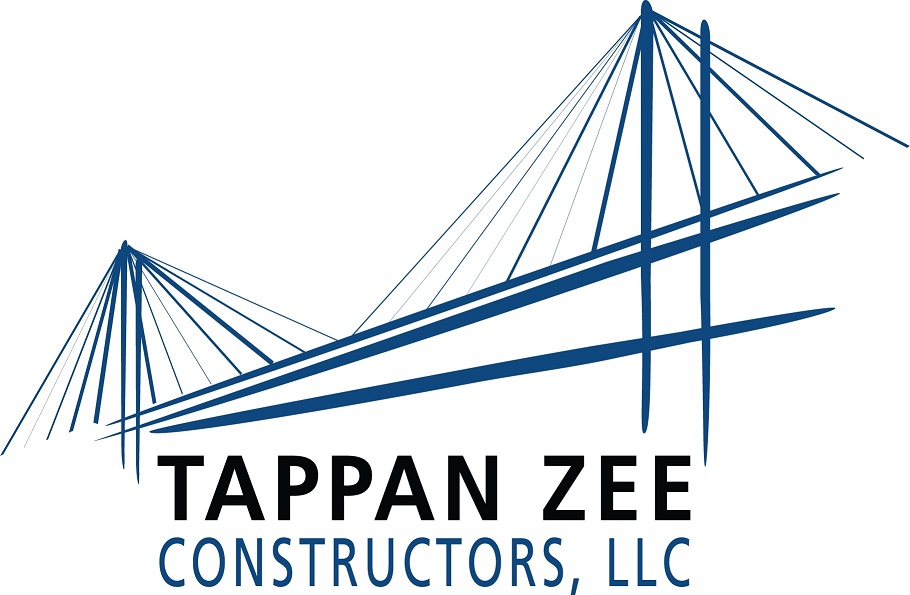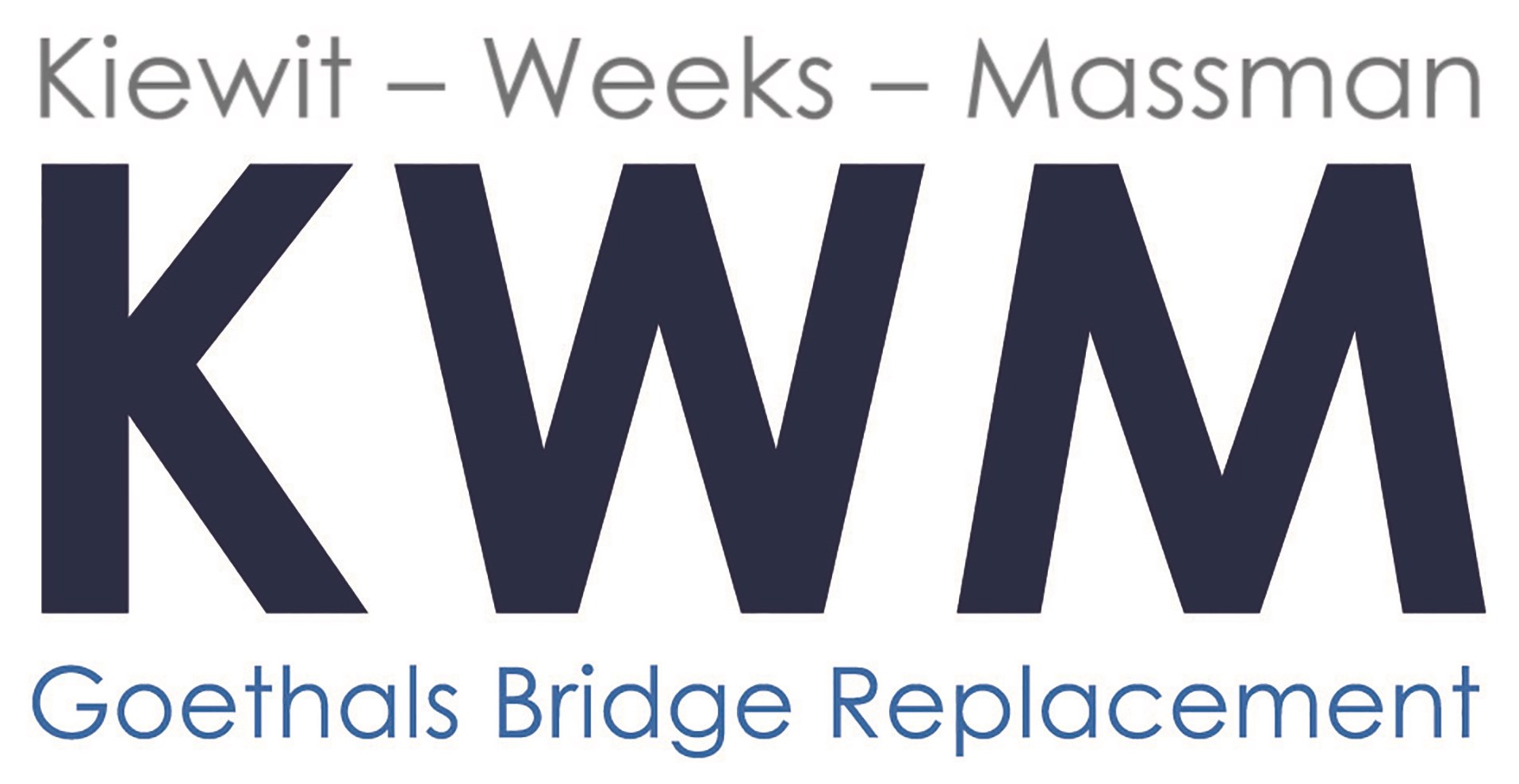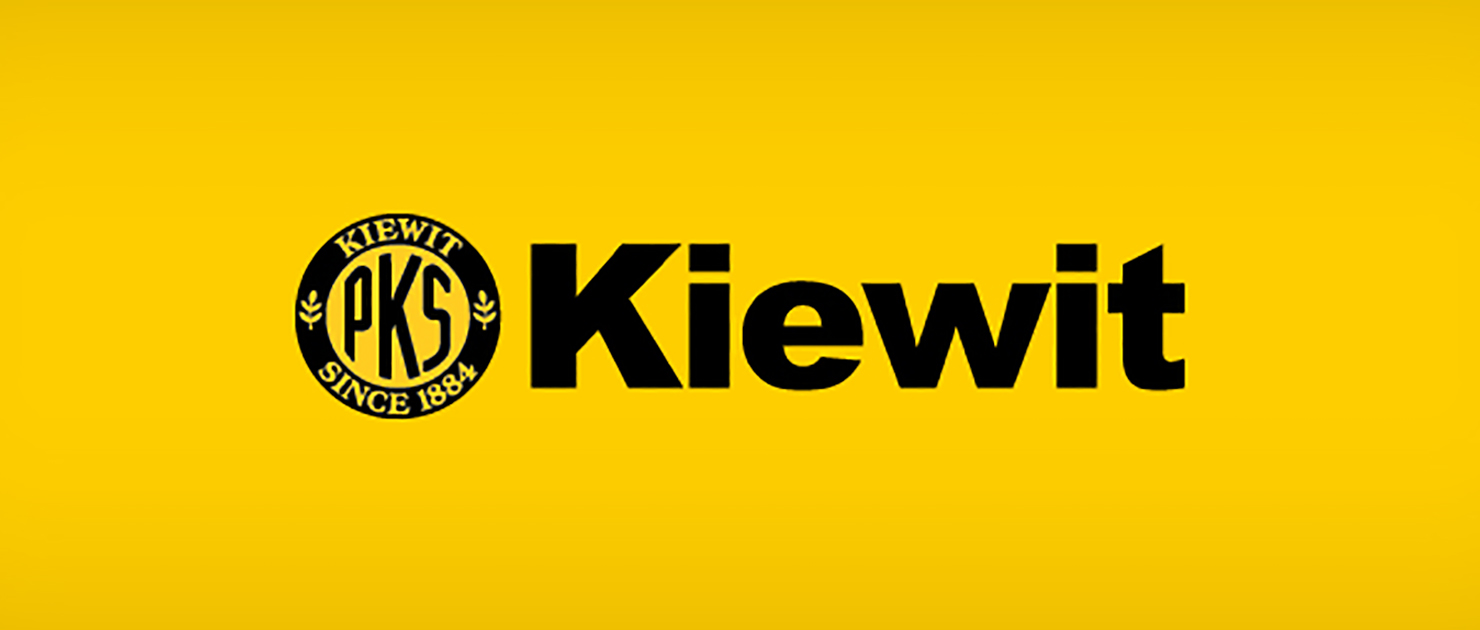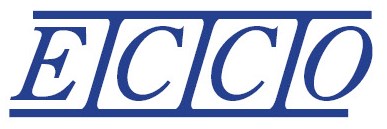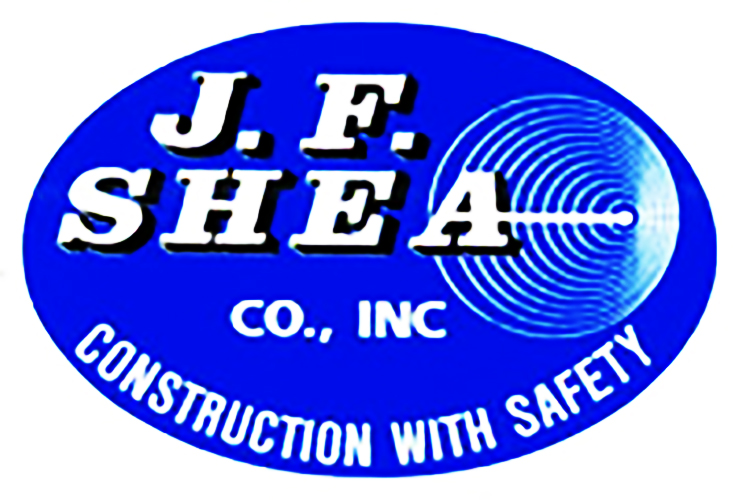New Northeast Rail Infrastructure Funding
10/19/2023

By Federal Railroad Administration
WASHINGTON, DC—The Federal Railroad Administration (FRA) of the United States Department of Transportation (USDOT) recently announced that it has invested more than $1.4 billion from President Biden’s Bipartisan Infrastructure Law into seventy rail improvement projects in thirty-five states and Washington, DC. This is the largest amount ever awarded for rail safety and rail supply chain upgrades through the Consolidated Rail Infrastructure and Safety Improvements (CRISI) program. 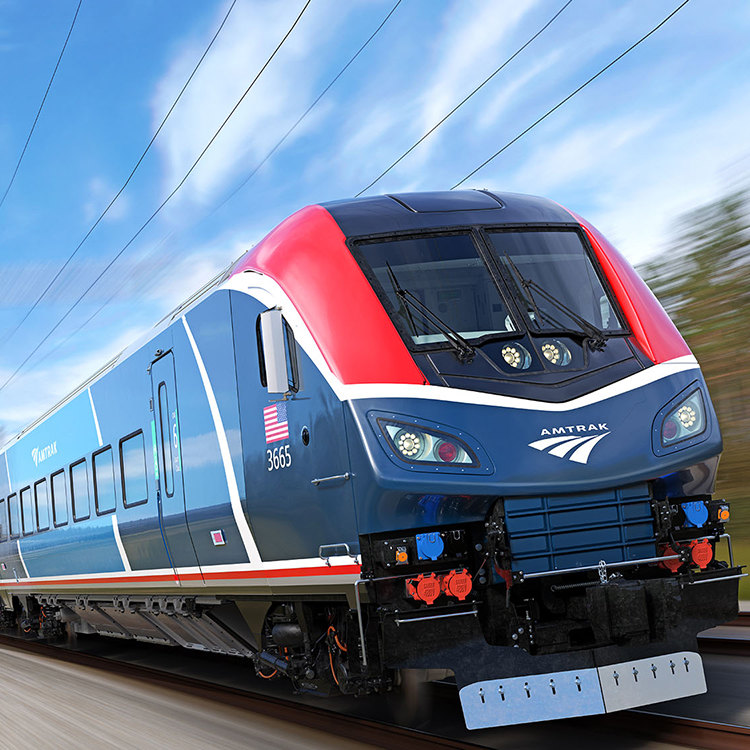 As part of President Biden’s Investing in America agenda, federal investments are tackling long-standing rail needs by supporting communities nationwide to help get people and goods where they need to be safely, quickly, and conveniently. Projects selected through the CRISI program, which is four times larger since President Biden signed the Bipartisan Infrastructure Law, support community safety through track improvements, bridge rehabilitations, fewer highway-rail grade crossings, upgrades on routes carrying hazardous materials, and more. Selected projects also improve connectivity, reduce shipping costs, increase resiliency to extreme weather, reduce emissions, and support workforce development. As part of President Biden’s Investing in America agenda, federal investments are tackling long-standing rail needs by supporting communities nationwide to help get people and goods where they need to be safely, quickly, and conveniently. Projects selected through the CRISI program, which is four times larger since President Biden signed the Bipartisan Infrastructure Law, support community safety through track improvements, bridge rehabilitations, fewer highway-rail grade crossings, upgrades on routes carrying hazardous materials, and more. Selected projects also improve connectivity, reduce shipping costs, increase resiliency to extreme weather, reduce emissions, and support workforce development. “Under President Biden’s leadership, we are making historic investments in rail, which means fewer accidents and delays, faster travel times, and lower shipping costs for the American people,” said USDOT Secretary Pete Buttigieg. “These projects will make American rail safer, more reliable, and more resilient, delivering tangible benefits to dozens of communities where railroads are located, and strengthening supply chains for the entire country.” “Under President Biden’s leadership, we are making historic investments in rail, which means fewer accidents and delays, faster travel times, and lower shipping costs for the American people,” said USDOT Secretary Pete Buttigieg. “These projects will make American rail safer, more reliable, and more resilient, delivering tangible benefits to dozens of communities where railroads are located, and strengthening supply chains for the entire country.” Projects will benefit every region of the country, with nearly two thirds of CRISI funding flowing to rural communities. Northeast projects include: Projects will benefit every region of the country, with nearly two thirds of CRISI funding flowing to rural communities. Northeast projects include:
Connecticut—Housatonic Railroad Service Restoration and Safety Investment Project (up to $5,372,500), Housatonic Railroad Company Inc. (HRRC)
 The proposed project involves final design and construction activities for various track-related improvements and upgrades to multiple bridges. The project aligns with the selection criteria by improving system and service performance and ability to meet existing and anticipated demand as it will restore a portion of HRRC’s rail line that is out of service and improve approximately eighteen miles of rail line to increase freight rail capacity and improve operational safety. Also, the project will help HRRC maintain its connection with Pan Am Southern/CSX Transportation and Metro-North. A combination of funds from HRRC and two customers (Oak Ridge Waste and Interstate and Lakeland Lumber) will provide a thirty percent non-federal match. Massachusetts—Connecting the Commonwealth: Early Actions for the Inland Route Project (up to $108,085,280), Massachusetts Department of Transportation (MassDOT)  The proposed project involves project development, final design, and construction activities for various track, signal, grade crossing, and bridge improvements on the Inland Route corridor, which is CSX Transportation-owned and MassDOT-owned infrastructure. The project aligns with the selection criteria by improving system and service performance and ability to meet existing and anticipated demand as it will increase capacity to safely accommodate the addition of two round trip Amtrak Lake Shore Limited intercity passenger trains per day at higher speeds, while maintaining current freight operations. The improvements will raise the track class in many locations from FRA Class tracks 2 and 3 currently, to Class 4 standard and address multiple areas of track alignment within curves that were not designed for the eighty-miles-per-hour maximum speed allowed under Class 4 on railroads equipped with Positive Train Control. MassDOT and Amtrak will contribute funds totaling a twenty percent non-federal match. This project qualifies for the statutory set-aside for new Intercity Passenger Rail projects. The proposed project involves project development, final design, and construction activities for various track, signal, grade crossing, and bridge improvements on the Inland Route corridor, which is CSX Transportation-owned and MassDOT-owned infrastructure. The project aligns with the selection criteria by improving system and service performance and ability to meet existing and anticipated demand as it will increase capacity to safely accommodate the addition of two round trip Amtrak Lake Shore Limited intercity passenger trains per day at higher speeds, while maintaining current freight operations. The improvements will raise the track class in many locations from FRA Class tracks 2 and 3 currently, to Class 4 standard and address multiple areas of track alignment within curves that were not designed for the eighty-miles-per-hour maximum speed allowed under Class 4 on railroads equipped with Positive Train Control. MassDOT and Amtrak will contribute funds totaling a twenty percent non-federal match. This project qualifies for the statutory set-aside for new Intercity Passenger Rail projects.
New Hampshire—Portsmouth Bridge Replacement and Grade Crossing Improvements Project (up to $345,000), City of Portsmouth, New Hampshire  The proposed project involves project development activities for the replacement of the Bartlett Street Bridge (Bridge), as well as various track improvements and upgrades to certain grade crossings. The Bridge is on CSX Transportation’s Portsmouth Branch and has exceeded its service life; it is not capable of carrying industry standard freight cars of 286,000-pound gross weight and it has sub-standard highway vertical and horizontal clearance which creates a safety hazard. The project aligns with the selection criteria by improving ability to meet existing or anticipated demand as it will help CSX and the city of Portsmouth prepare for future project phases to improve railroad operations, safer grade crossings, and enhance economic vitality to the Portsmouth Naval Shipyard, the New Hampshire Port Authority Market Street Marine Terminal, and other rail served customers. The city of Portsmouth, New Hampshire will provide a twenty-five percent non-federal match. This project qualifies for the statutory set-aside for projects in Rural Areas. The proposed project involves project development activities for the replacement of the Bartlett Street Bridge (Bridge), as well as various track improvements and upgrades to certain grade crossings. The Bridge is on CSX Transportation’s Portsmouth Branch and has exceeded its service life; it is not capable of carrying industry standard freight cars of 286,000-pound gross weight and it has sub-standard highway vertical and horizontal clearance which creates a safety hazard. The project aligns with the selection criteria by improving ability to meet existing or anticipated demand as it will help CSX and the city of Portsmouth prepare for future project phases to improve railroad operations, safer grade crossings, and enhance economic vitality to the Portsmouth Naval Shipyard, the New Hampshire Port Authority Market Street Marine Terminal, and other rail served customers. The city of Portsmouth, New Hampshire will provide a twenty-five percent non-federal match. This project qualifies for the statutory set-aside for projects in Rural Areas.
New Jersey—Point-No-Point Bridge Replacement, Phase 2 Project (up to $59,136,891), Consolidated Rail Corporation Shared Assets (Conrail)  The proposed project involves construction activities to complete various improvements to replace the current, obsolete Point-No-Point (PNP) Bridge, a swing-type bascule bridge, with a more resilient and efficient single-leaf bascule drawbridge structure. The PNP Bridge is on Conrail’s Passaic and Harsimus line, a critical rail infrastructure component as it connects Norfolk Southern Railway’s and CSX Transportation’s rail lines to the Port of New York and New Jersey. The project aligns with the selection criteria by improving system and service performance as it will improve rail operations with reduction of open and close times from five and one half hours to twelve minutes and would reduce the need for trains to take a twelve-mile detour, due to the prolonged timeframe it currently takes to close the PNP Bridge. Also, the project will help improve passenger rail service, as it will help Amtrak advance other improvements on the Northeast Corridor which will lead to fewer delays to the Port Authority Trans-Hudson (PATH) and New Jersey Transit trains. Conrail will provide a twenty percent non-federal match. The proposed project involves construction activities to complete various improvements to replace the current, obsolete Point-No-Point (PNP) Bridge, a swing-type bascule bridge, with a more resilient and efficient single-leaf bascule drawbridge structure. The PNP Bridge is on Conrail’s Passaic and Harsimus line, a critical rail infrastructure component as it connects Norfolk Southern Railway’s and CSX Transportation’s rail lines to the Port of New York and New Jersey. The project aligns with the selection criteria by improving system and service performance as it will improve rail operations with reduction of open and close times from five and one half hours to twelve minutes and would reduce the need for trains to take a twelve-mile detour, due to the prolonged timeframe it currently takes to close the PNP Bridge. Also, the project will help improve passenger rail service, as it will help Amtrak advance other improvements on the Northeast Corridor which will lead to fewer delays to the Port Authority Trans-Hudson (PATH) and New Jersey Transit trains. Conrail will provide a twenty percent non-federal match.
New York—Watkins Glen Rural Track Rehabilitation Project (up to $3,869,945), Finger Lakes Railway Corp.  The proposed project involves project development, final design, and construction activities for a variety of track-related improvements and upgrades to certain grade crossings. The project aligns with the selection criteria by improving safety, capacity, and reliability in the transportation system in the Finger Lakes region by making needed improvements to the Finger Lakes Railway’s Himrod Line in rural New York, which provides a critical gateway to the national rail system and global markets for New York’s salt industry. Finger Lakes Railway will provide a twenty percent non-federal match. This project qualifies for the statutory set-aside for projects in Rural Areas. The proposed project involves project development, final design, and construction activities for a variety of track-related improvements and upgrades to certain grade crossings. The project aligns with the selection criteria by improving safety, capacity, and reliability in the transportation system in the Finger Lakes region by making needed improvements to the Finger Lakes Railway’s Himrod Line in rural New York, which provides a critical gateway to the national rail system and global markets for New York’s salt industry. Finger Lakes Railway will provide a twenty percent non-federal match. This project qualifies for the statutory set-aside for projects in Rural Areas.
New York—Livonia, Avon, and Lakeville Systemwide Tier 3 Clean Locomotive Acquisition Project (up to $12,600,000), Livonia, Avon, and Lakeville Railroad Corp.  The proposed project involves final design and construction activities to rehabilitate six (6) Tier 0 locomotives to meet Tier 3 Environmental Protection Agency standards. The project aligns with the selection criteria by improving system and service performance as it will help provide substantial operational savings (potential forty percent to sixty-five percent reduction in fuel consumption) and reduce greenhouse gas emissions, thereby imparting benefits to the rural New York population communities and rail users that the Livonia, Avon, and Lakeville Railroad serves. The Livonia, Avon, and Lakeville Railroad Corp. is providing a thirty percent non-federal match. This project qualifies for the statutory set-aside for projects in Rural Areas. The proposed project involves final design and construction activities to rehabilitate six (6) Tier 0 locomotives to meet Tier 3 Environmental Protection Agency standards. The project aligns with the selection criteria by improving system and service performance as it will help provide substantial operational savings (potential forty percent to sixty-five percent reduction in fuel consumption) and reduce greenhouse gas emissions, thereby imparting benefits to the rural New York population communities and rail users that the Livonia, Avon, and Lakeville Railroad serves. The Livonia, Avon, and Lakeville Railroad Corp. is providing a thirty percent non-federal match. This project qualifies for the statutory set-aside for projects in Rural Areas.
New York—Adirondack Bridge Capacity and Resilience Project (up to $3,360,000), Mohawk, Adirondack, and Northern Railroad Corp. (MHWA) The proposed project involves project development, final design, and construction activities for various improvements to three bridges on MHWA’s rail network. The project aligns with the selection criteria by improving system and service performance and ability to meet existing and anticipated demand as it will allow two bridges to accommodate modern 286,000-pound freight cars, an improvement from the current 263,000-pound restriction. Furthermore, the project will restore the bridges to a state of good repair, one of which MHWA removed from service relatively recently due to its condition, and improve safety for highway users, freight, and passenger excursion traffic. A combination of funds from MHWA, New York State Department of Transportation, and the city of Rome, New York, will provide a twenty-five percent non-federal match. New York—Arthur Kill Lift Bridge Capital Rehabilitation Project (up to $17,200,000), New York City Department of Small Business Services
The proposed project involves final design and construction activities for the rehabilitation of the Arthur Kill Lift Bridge (Bridge), an important rail link along the Staten Island Railroad. The Bridge supports the transport of approximately thirty percent of New York City’s annual municipal solid waste and supports New York State’s largest container terminal. The project aligns with the selection criteria by enabling safe, reliable, and efficient freight rail operations to continue at this crucial hub of connectivity of rail and marine supply chains, including broader United States rail network connections via CSX Transportation and Norfolk Southern Railway. A combination of funds from New York City, the New York State Department of Transportation, and Conrail will provide a twenty percent non-federal match.
New York—NYS&W Railway Syracuse Branch Rehabilitation Project (up to $3,467,348), The New York, Susquehanna, and Western Railway Corp. (NYS&W)
The proposed project involves final design and construction activities for various track-related improvements on approximately seven (7) miles of NYS&W’s mainline. This project aligns with the selection criteria by enhancing safety and ability to meet existing and anticipated demand as it is part of a multi-phase effort that will improve safety and capacity, as well as increase the load carrying capacity to the industry standard of 286,000 pounds. The New York State Department of Transportation and NYS&W will provide a forty-eight percent non-federal match. This project qualifies for the statutory set-aside for projects in Rural Areas.
Vermont—Tri-State Regional Rail Upgrade Project (up to $9,654,789), State of Vermont Agency of Transportation
The proposed project involves project development, final design, and construction activities for various track-related improvements and upgrades to certain grade crossings. The project aligns with the selection criteria by improving ability to meet existing and anticipated demand as it will improve sections of Saint Lawrence and Atlantic Railroad’s one-hundred-sixty-two-mile corridor in Vermont, New Hampshire, and Maine, resulting in increased safety and railcar load capacity from 263,000 pounds to the current industry standard of 286,000 pounds. A combination of funding from the Saint Lawrence and Atlantic Railroad, Maine Department of Transportation, and New Hampshire Department of Transportation will contribute a fifty and one half percent non-federal match. This project qualifies for the statutory set-aside for projects in Rural Areas.
“For years, the CRISI Program has helped to maintain and modernize America’s freight rail network, and it’s the only federal grant program prioritizing smaller, short line railroads vital to our nation’s economy and regional supply chains. With unprecedented levels of funding through President Biden’s Bipartisan Infrastructure Law, FRA is advancing even more projects and laying the groundwork for further transformation,” said FRA Administrator Amit Bose. “The selected projects will tackle issues facing communities and invest in a twenty-first century rail network yielding greater benefits—faster and more reliable deliveries of goods, safer communities, cleaner transportation, and more jobs and workforce development opportunities.”
While the majority of selected projects support freight rail safety and supply chains, CRISI investments are also helping to expand world-class passenger rail to more communities nationwide. Investments in Virginia will result in two new Amtrak round trips and three new commuter rail round trips on the RF&P corridor between Washington, DC, and Richmond—a critical link between Northeast and Southeast states—while also improving the fluidity of CSX’s freight network. In California, two additional daily round trips will be added to the Capitol Corridor between the cities of Sacramento and Roseville, and a project eliminating grade crossings in the Central Valley will bring high-speed rail one step closer to becoming a reality. Back To News |
||
|
|
||
|
© 2024 Small Business Exchange, Inc. |
||






